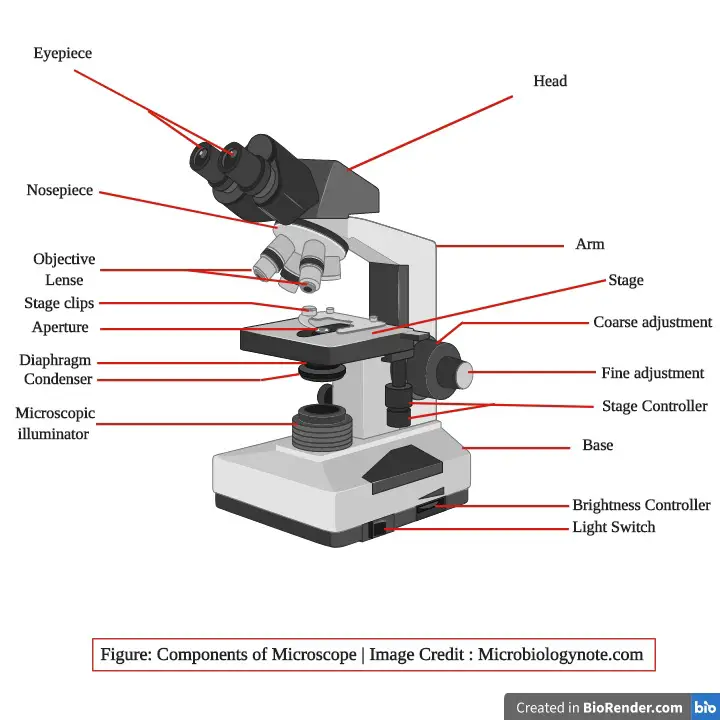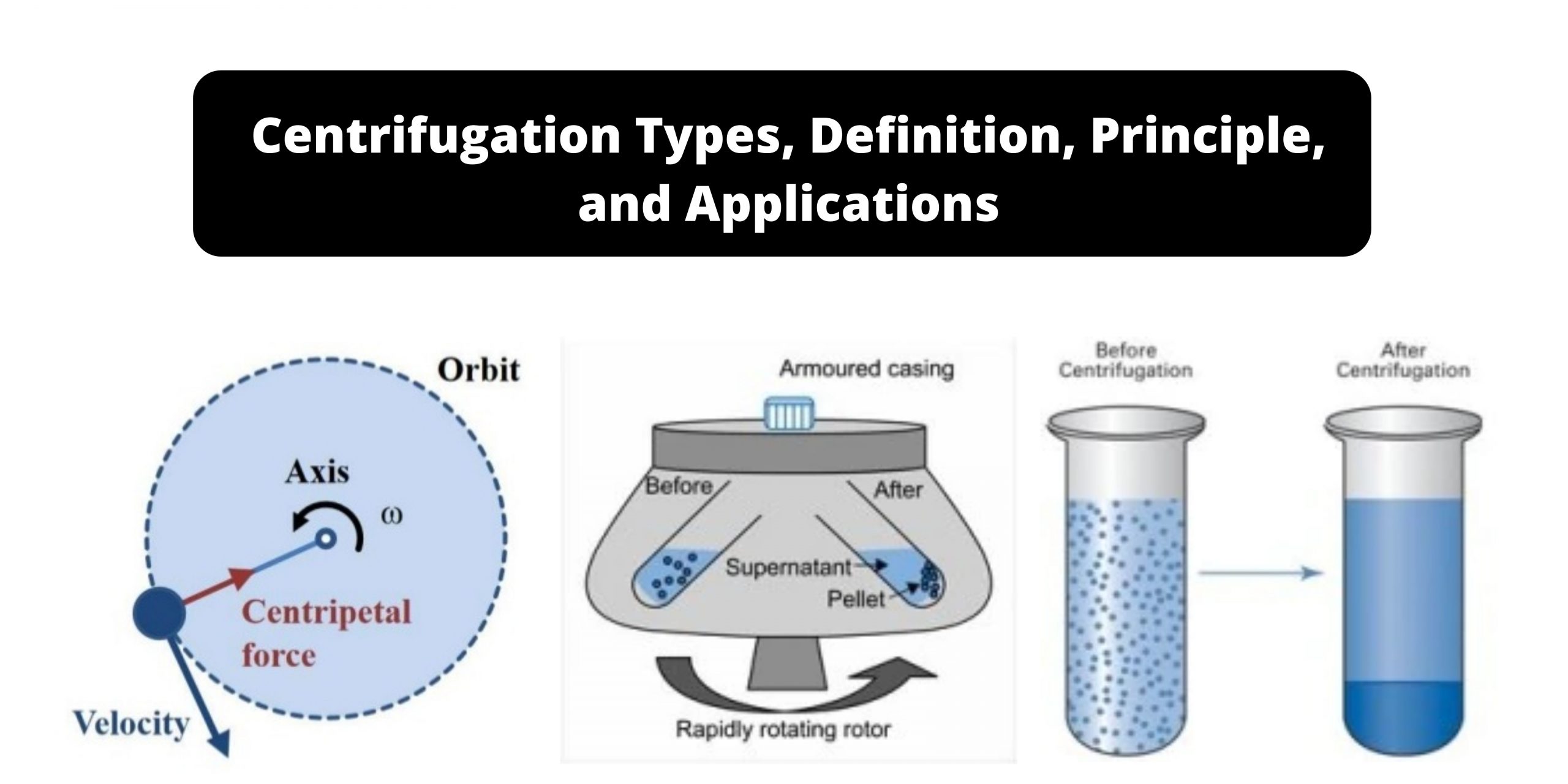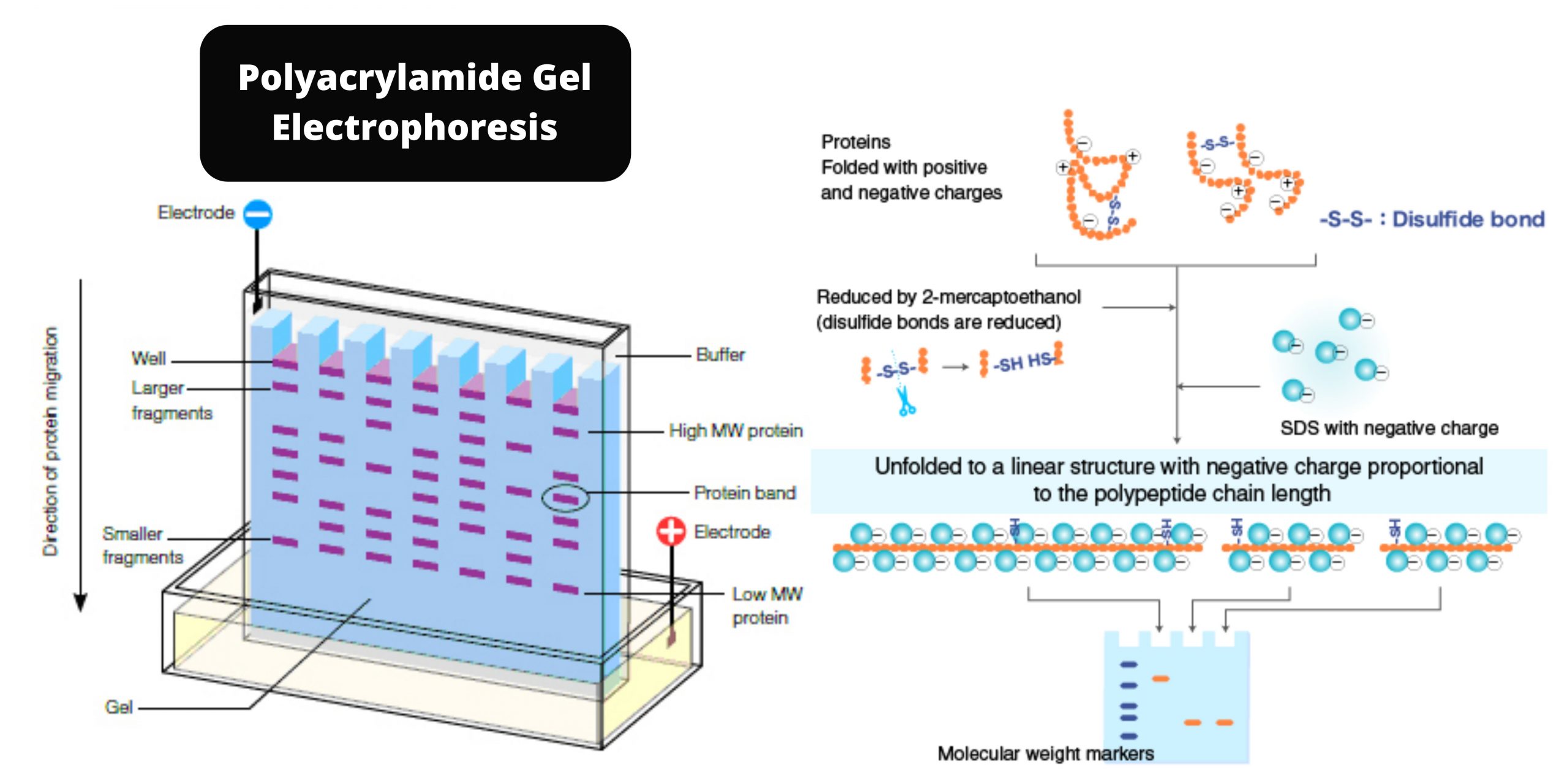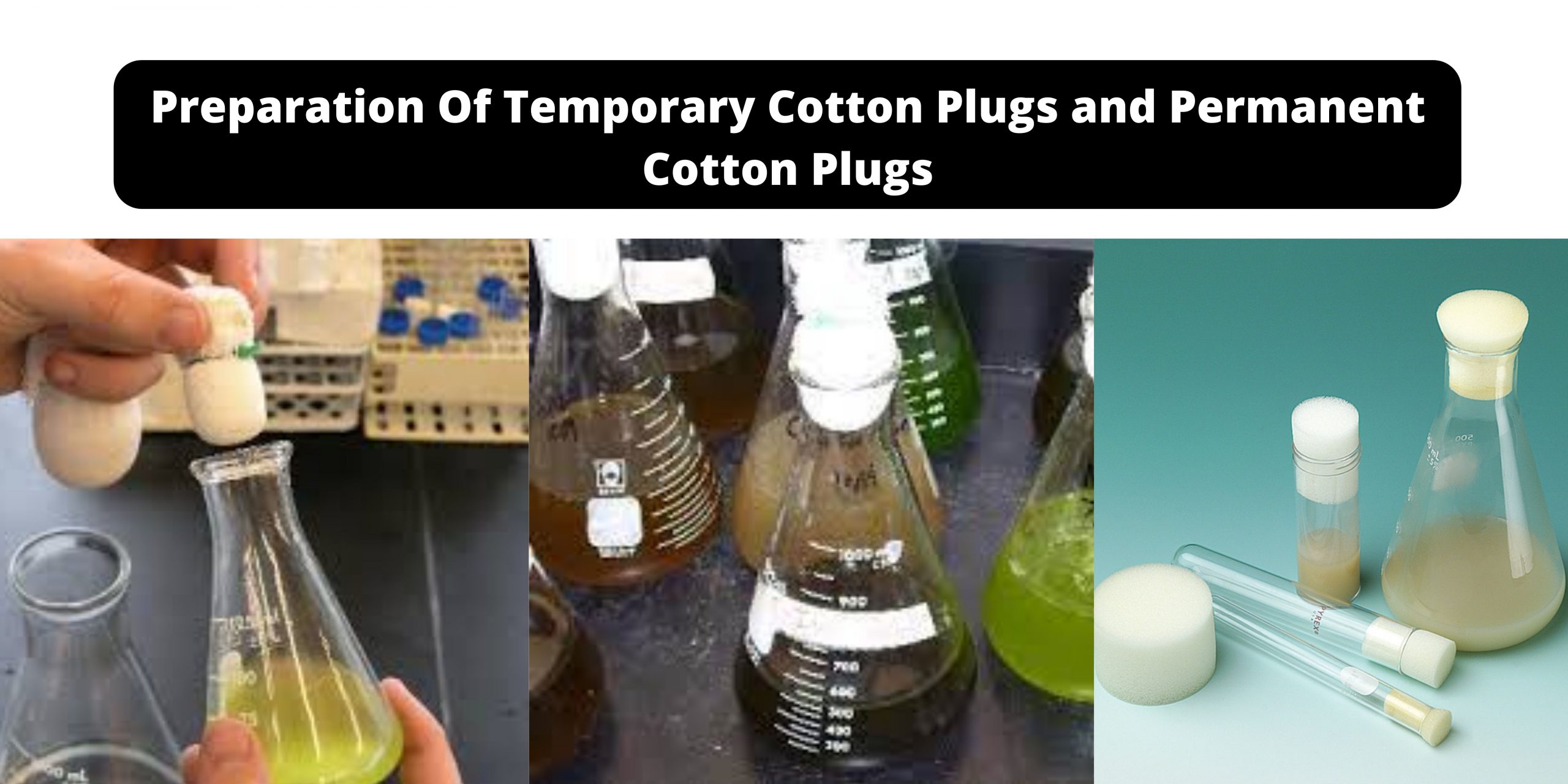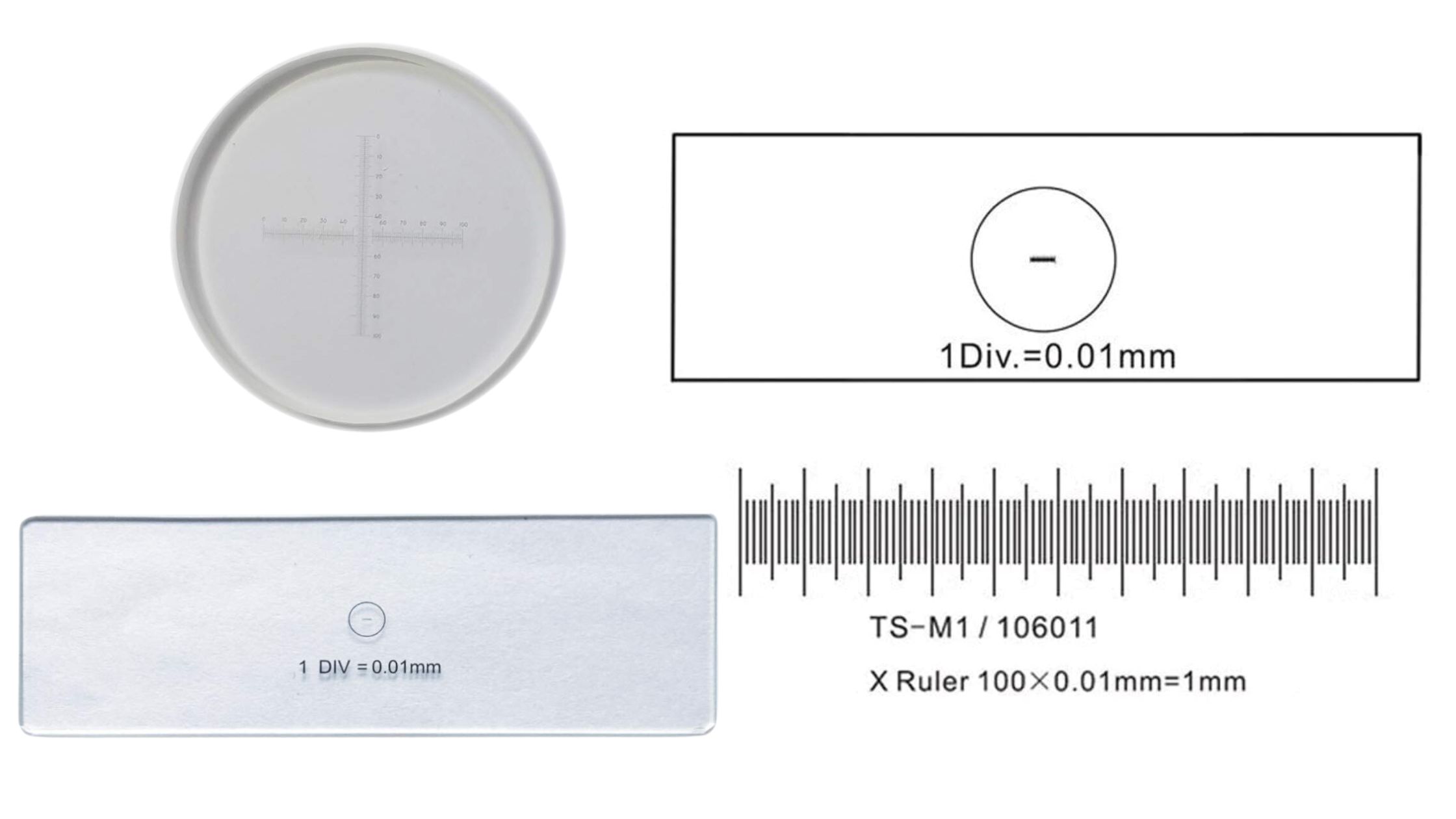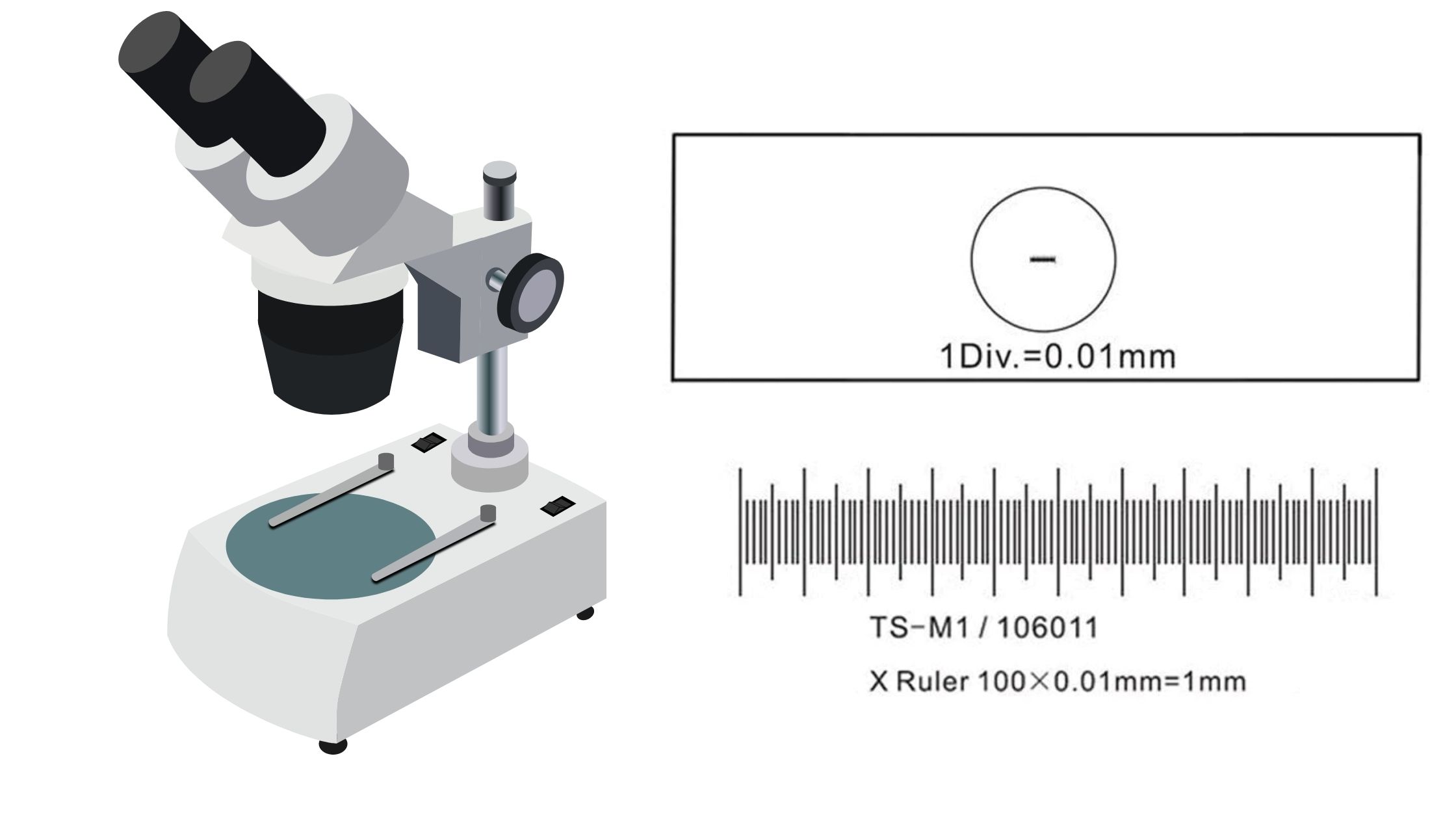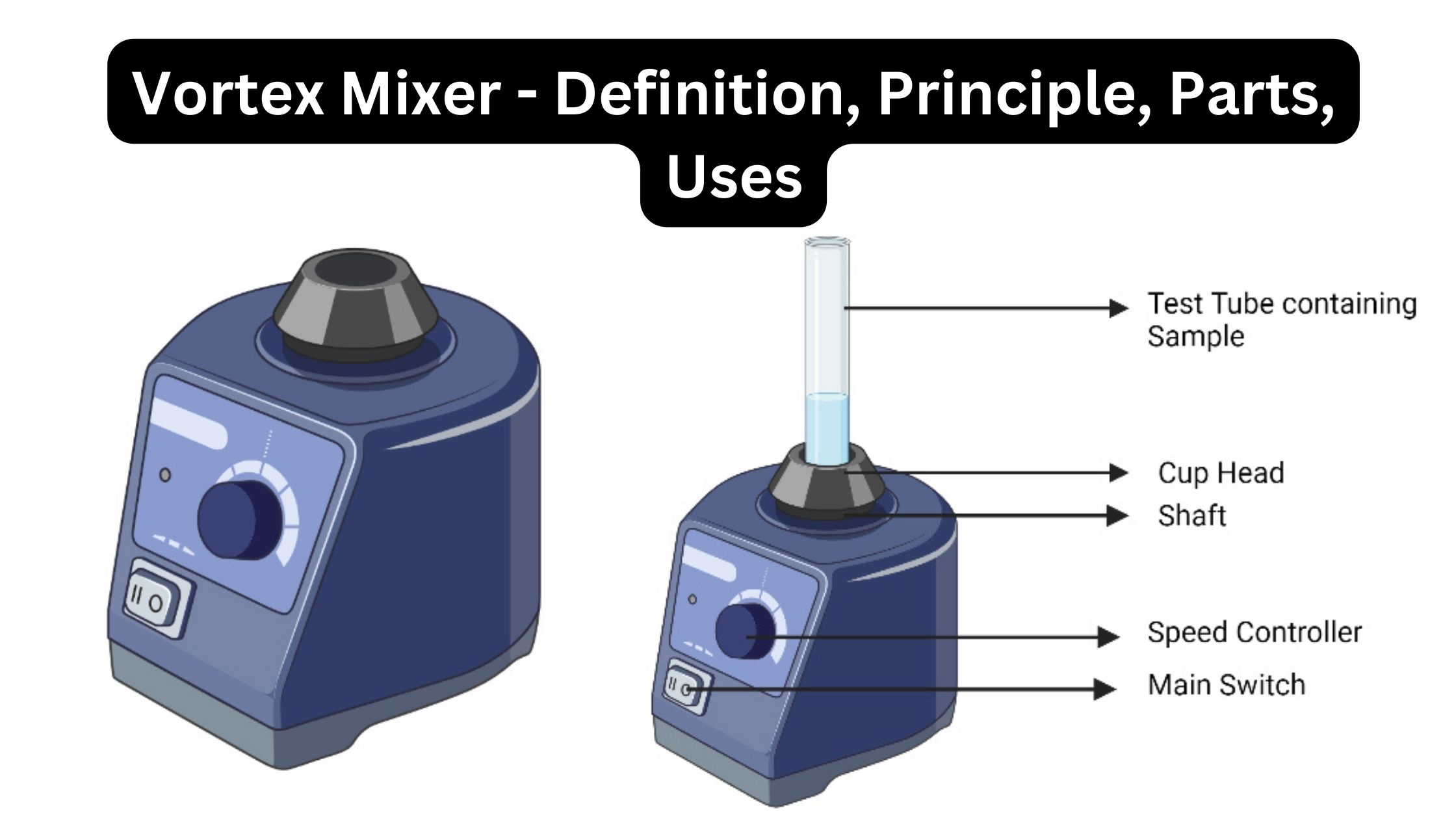Bioreactor – Types, Design, Parts, Applications, Limitations
What is a Bioreactor? A bioreactor can define as a controlled Vessel where biological’ process are carried out for growing cells, microorganism’s, or enzymes, and It is considered an essential component of many Industrial Biotechnology fields . Definition of Bioreactor A bioreactor is a device or system used to cultivate and grow biological cells, tissues, … Read more

